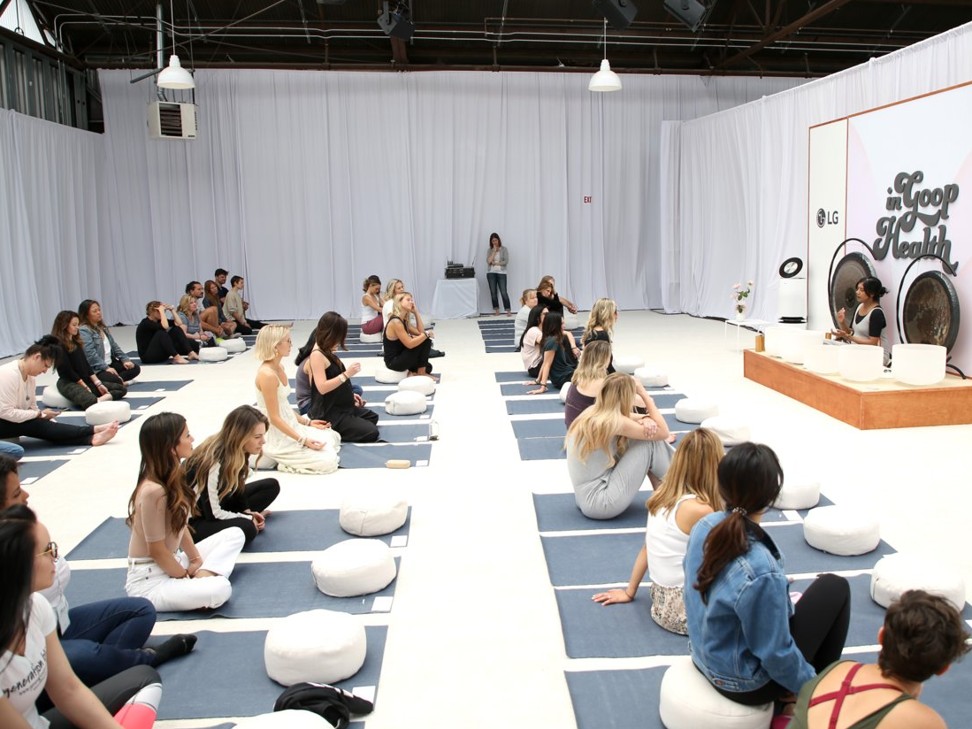As the wellness industry continues its explosive growth, it should not come as a surprise that it is now expanding into another huge industry: tourism.

Wealthy travellers are ditching the beach parties, heavy shopping & all-night clubbing for wellness summits, spirituality retreats and resorts that focus on self-care.
The move has turned “wellness tourism” into a US$639 billion industry, according to the 2018 Global Wellness Tourism Economy study.
While yoga retreats are nothing new, the growth of the wellness tourism industry has been surging in recent years, with estimates predicting the industry will be worth US$919 billion by 2022.
There is now even a Wellness Tourism Association, which was launched in January 2018 by a group of wellness-industry executives.
Travellers are now paying US$1,400 per night to stay at resorts with on-site therapists and spending more than US$5,000 for weekend “wellness summits”.
Sarah Casewit, co-founder of Naya Traveler, which specialises in customised holiday itineraries, said the company has received “a spike in travel requests that are spearheaded by a keen interest in wellness and spirituality”.
These wellness itineraries may come in the form of on-site therapists, personal trainers and wellness practitioners, such as those offered at Chiva-Som, a celebrity-favourite wellness retreat in Thailand.
In 2017, international wellness travellers spent an average of US$1,528 per trip – 58 per cent more than the average international tourist.
A stay at Chiva-Som starts at about US$1,400 per night and the resort requires a minimum three-night stay.
There are also the pricey “wellness summits”, where travellers can mingle with celebrities at wellness workshops and self-care stations.
The American actress Gwyneth Paltrow, one of the most high-profile faces of the wellness movement in the US, held her first wellness summit with her female lifestyle brand, Goop, in 2017. She has since held them in Los Angeles,New York, and in Vancouver, Canada.

The company’s first wellness summit in London, from June 28 to 30, included “issue-focused talks” with leading doctors, scientists, entrepreneurs and celebrities, as well as “wellness workshops” for energy, the body and beauty, “self-care stations”, a wellness boutique, athleisure shop; and a “clean beauty apothecary”.
A one-day ticket will costs £1,000 (US$1,280) – and for travellers from abroad that does not include airfare or accommodation.
Attending the whole summit will cost you £4,500 ($5,760), which includes a stay in the Kimpton Fitzroy London Hotel.
Hotels are embracing travellers’ changing tastes by offering “wellness rooms”, energy treatments and guided meditation.
They are also moving way beyond the simple fitness centres of the past.
Amanera, a luxury resort run by Aman Resorts in the Dominican Republic, recently started offering a “Surf + Sun” programme that includes energy treatments, yoga, healthy snacks and guided meditation. A night at Amanera will cost you about US$1,650.
In the US of Washington, The Ritz-Carlton Georgetown recently gave guests the option of booking one of 13 “Wellness Rooms” that come with aromatherapy bath salts, shower heads emitting vitamin C-infused water, desk wellness balls, yoga mats, sound and sleep machines, air purifiers, sleeping masks, earbuds and noise-cancelling machines.
The wellness rooms are situated on the same level as the hotel’s fitness centre and spa, which includes a relaxation room, a steam room, and sauna.
A room at The Ritz-Carlton Georgetown costs from about US$370 in July, while the wellness rooms cost US$417.
Wellness travellers are willing to spend more money than regular holidaymakers.
While the US$5,000-plus price tag of Paltrow’s Goop summit may be a bit higher than the norm, “wellness travellers are very high-spending, high-yield tourists”, the Global Wellness Institute says.
In 2017, international wellness travellers spent an average of US$1,528 per trip – 58 per cent more than the average international tourist.
Domestically, wellness travellers in the US on average spent US$609 per trip, or about 178 per cent more than the average domestic tourist.
